Introduction
Autism is a complex neurodevelopmental condition that affects individuals in unique ways. Traditionally, more men and boys have been diagnosed with autism, leading to a gender disparity in our understanding and support of the condition. However, recent research reveals that autism in adult women presents with distinct characteristics that may differ from those typically seen in males.
Women with autism often exhibit subtle social communication nuances, which can lead to misconceptions that they are simply shy or introverted. This masking can obscure the underlying social challenges they face, such as understanding unspoken rules or maintaining relationships. Sensory sensitivities are also common in women with autism, leading to a preference for routines and environments that feel safe and predictable.
Repetitive behaviors, a criterion for autism diagnosis, may manifest differently in women compared to men. Women may have subtler forms of repetitive behavior, such as adherence to routines or collecting items based on patterns or themes. These unique presentations can be overlooked or misinterpreted, resulting in delayed or missed diagnoses, with potential impacts on mental health.
Recognizing these gender-specific manifestations of autism is crucial for providing the appropriate support and interventions. With a better understanding and awareness, we can identify and assist adult women on the autism spectrum, fostering their well-being and inclusion in society.
In this article, we will explore the challenges faced by autistic women, the importance of early identification and support, and the development of effective coping strategies and interventions. By empowering Parent Advocates with guidance and resources, we aim to help them navigate these challenges and ensure the well-being of their children on the autism spectrum.
The Female Autism Phenotype
Autism Spectrum Disorder (ASD) is a complex neurodevelopmental condition that manifests uniquely across individuals. Traditionally, more men and boys have been diagnosed with autism than women and girls, leading to a gender disparity in our understanding and support of the condition. Recent research, however, reveals that autism in adult women presents with distinct characteristics that may differ from those typically seen in males.
Women with autism may exhibit subtle social communication nuances, which can lead to the misconception that they are simply shy or introverted rather than on the spectrum. For instance, they might engage in social mimicry, copying the social interactions of their peers to fit in. This masking can obscure the underlying social challenges they face, such as understanding unspoken social rules or maintaining relationships.
Sensory sensitivities are also a common trait, where women with autism might have heightened responses to sensory stimuli like loud noises, bright lights, or specific textures. These sensitivities can lead to a preference for routines and environments that feel safe and predictable.
Repetitive behaviors, a criterion for ASD diagnosis, can manifest differently in women. Instead of the more overt repetitive movements or intense interests often seen in males, women may have subtler forms of repetitive behavior, such as adherence to routines or collecting items based on patterns or themes.
The potential for these unique presentations to be overlooked or misinterpreted is significant, leading to delayed or missed diagnoses. Such delays can have profound impacts on mental health, with increased risks of anxiety, depression, and self-criticism. Indeed, anxiety disorders, which affect up to 40 million American adults annually, are more than twice as likely to develop in women.
Recognizing these gender-specific manifestations of autism is vital for clinicians, educators, and families to provide the appropriate support and interventions. With a growing body of research and awareness, we are now better equipped to identify and assist adult women on the autism spectrum, fostering their well-being and inclusion in society.
Diagnostic Challenges and Underdiagnosis
Autism in adult women often goes unrecognized, leading to a staggering 80% of females being undiagnosed or misdiagnosed by the age of 18. Historically, diagnostic criteria have focused on male presentations of autism, causing a gender bias that can result in overlooked or misinterpreted symptoms in women. This gender gap in diagnosis is not only a statistical concern but has real-life consequences.
Without recognition and support, women may struggle with the demands of masking to appear neurotypical, which can contribute to significant mental health issues. In fact, research indicates that by age 25, 77% of women with autism have been diagnosed with a psychiatric condition, compared to 62% of autistic men.
The lived experiences of individuals like Heather Florio, who received her autism diagnosis at 41, and Bree Conklin, who was misdiagnosed with borderline personality disorder until her mid-30s, underscore the critical need for increased awareness. Their stories highlight the transformative power of a correct diagnosis for adult women living with autism.
Camouflaging, a term used to describe the adaptive strategies employed by some autistic individuals to fit into social norms, often at a high personal cost, is more common among women. These strategies can include rehearsing social scenarios or mimicking the behaviors of others to blend in. Yet, despite these efforts, the lack of appropriate diagnostic tools and the underrepresentation of females in autism research continue to impede accurate recognition, leaving many to navigate life without the understanding and resources that could greatly improve their well-being.
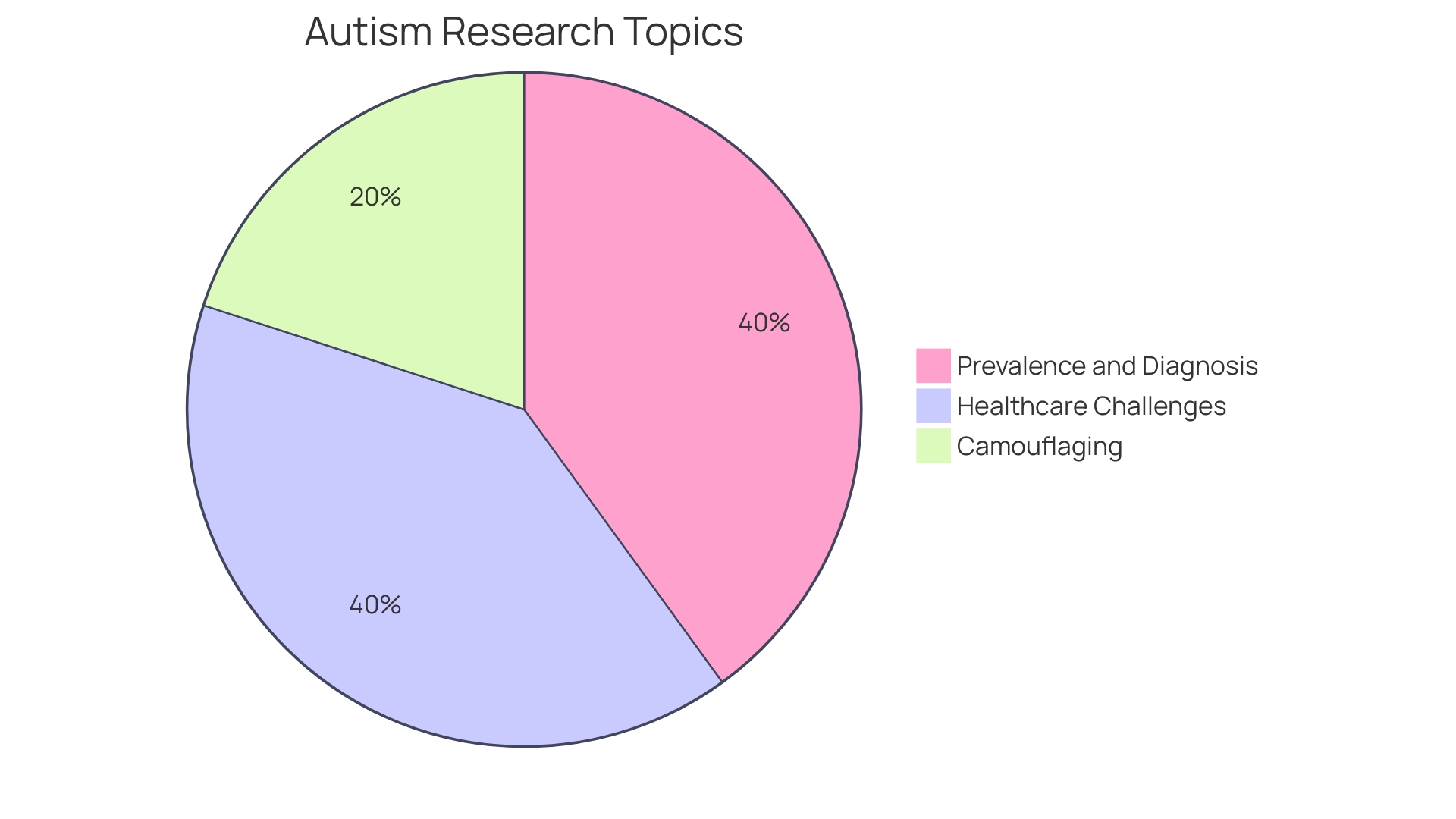
Social Communication and Interaction Differences
Autistic women may experience challenges in social communication that differ from their neurotypical counterparts, such as interpreting social cues and maintaining relationships. These challenges can influence their ability to form friendships and succeed in professional environments. The phenomenon of 'camouflaging', where autistic individuals adopt strategies to blend in socially, often leads to a late or missed diagnosis in women.
This coping mechanism can be draining and is linked to burnout. Despite these hurdles, autistic women are as capable of enjoying and benefiting from social interactions as anyone else, provided the social environment is understanding and accommodating. Recognizing the unique presentation of autism in women is crucial for providing proper support and ensuring their social well-being.
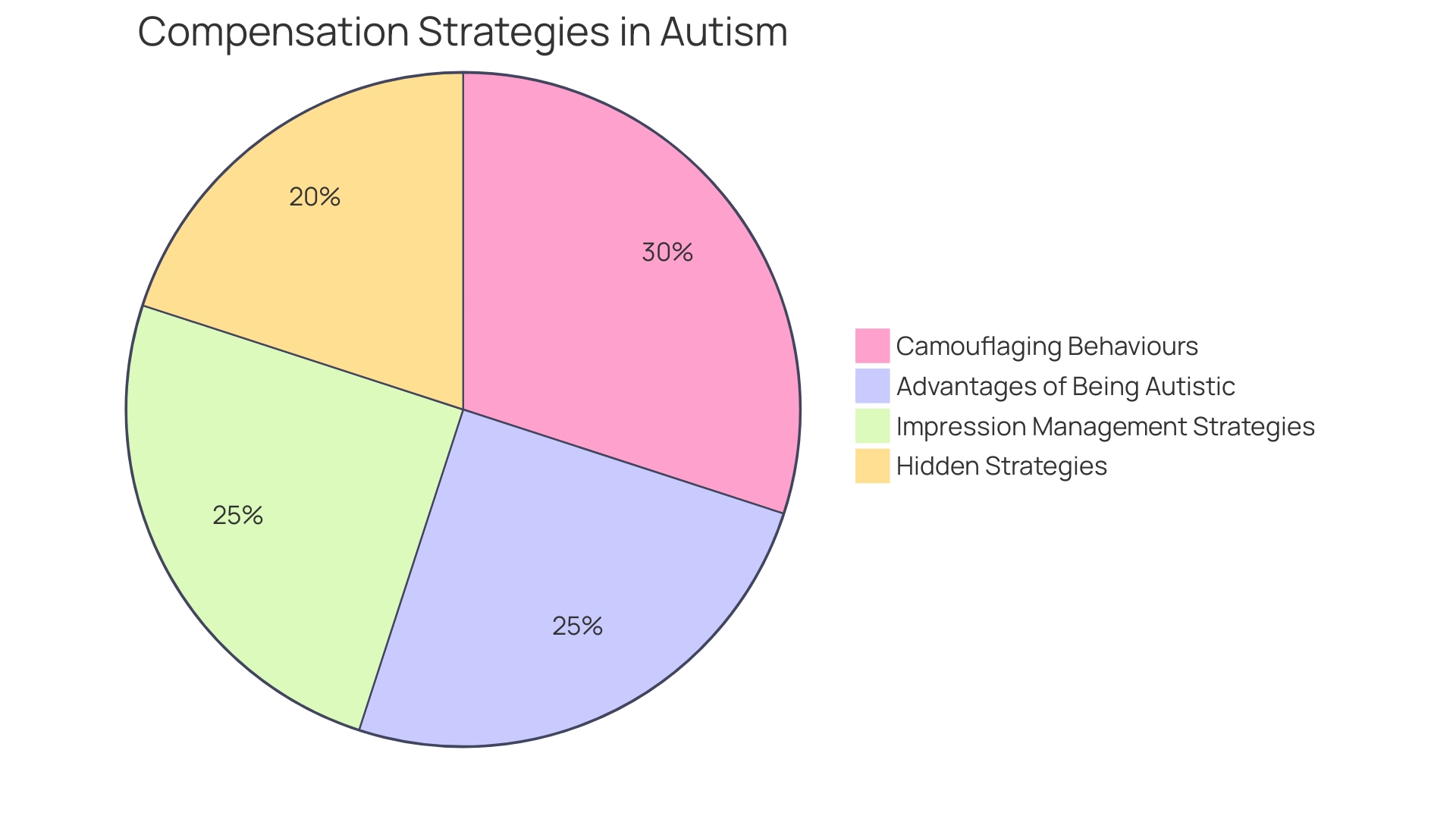
Special Interests and Restricted Patterns of Behavior
Autistic women often exhibit unique behavioral patterns, which may include highly focused interests or activities. This intense engagement is not merely a preference but a core aspect of their neurodiversity. This could take shape through a diversity of specialized domains or repetitive activities that provide comfort and structure to their lives.
There is an intricate dance of camouflaging or 'masking' where autistic women may engage in behaviors that conceal their autism to blend in with those around them. This process is mentally taxing and can lead to exhaustion, yet it is a common experience for many. In fact, masking strategies can involve rehearsing social interactions or mimicking the body language of others, which is a testament to the cognitive and social adaptability of autistic individuals.
Healthcare experiences for autistic women can be challenging, particularly as they navigate various life stages such as menstruation and menopause. Reports suggest that their sensory sensitivities, either heightened or diminished, can drastically affect their interactions with the medical system. Moreover, there is evidence indicating that the pain of autistic individuals is often underestimated by healthcare professionals, sometimes leading to inadequate pain management during critical moments such as childbirth.
To address these issues, collaborative efforts have led to the development of informational resources, like video series, that aim to demystify common health concerns for the autistic community. These efforts underscore the necessity for tailored healthcare approaches that acknowledge the unique experiences of autistic individuals.
It is crucial to recognize that while some autistic women may adopt strategies to mask or compensate for their autism, these techniques do not erase their intrinsic autistic traits. The societal expectations tied to gender can influence the way autistic behaviors are perceived and managed, often resulting in a discrepancy in diagnosis rates between men and women. Acknowledging and accommodating the distinct expressions of autism in women is not just about providing support—it's about valuing their authentic selves and fostering an environment where they can thrive.
Sensory Sensitivities in Autistic Women
Autistic women often face unique challenges due to heightened sensory sensitivities, a phenomenon where the usual sensory stimuli like ambient sounds, bright lights, or certain textures become not just distracting, but overwhelmingly intense and sometimes even painful. This can lead to heightened anxiety, stress, and difficulty navigating day-to-day activities, a reality that can be as disabling as it is invisible to the neurotypical eye.
Recent research highlights the complexity behind sensory sensitivities, showing that even peripheral sensory neurons, which are neurons outside the brain, can play a significant role in the hypersensitivities associated with autism. In groundbreaking studies involving animal models, scientists have discovered that mutations in autism risk genes affecting these neurons can cause tactile overreactivity, leading to a cascade of autism-related behaviors including social and anxiety-related challenges.
The experiences of autistic women are often compounded by a phenomenon known as 'masking,' where the constant effort to appear neurotypical to others becomes an exhausting daily performance, potentially leading to burnout. This is particularly pronounced during significant life changes such as menstruation or menopause, and can be further exacerbated by inadequate healthcare responses to autistic patients' needs during pregnancy and labor, where pain is often under-recognized and under-treated.
Statistics show that autistic individuals face an increased risk of co-occurring physical and mental health issues and a concerning disparity in lifespan due to various causes. Recognizing these hardships is the first step towards change. By understanding the nuances of autistic health experiences throughout different life stages and addressing healthcare inequalities, we can start to make informed recommendations for improving healthcare services to better meet the needs of the autistic community.
Creating sensory-friendly environments and providing the right accommodations are not just considerate gestures; they are essential adjustments that can significantly enhance the well-being and quality of life for autistic women, allowing them to thrive in a world that acknowledges and respects their sensory experiences.
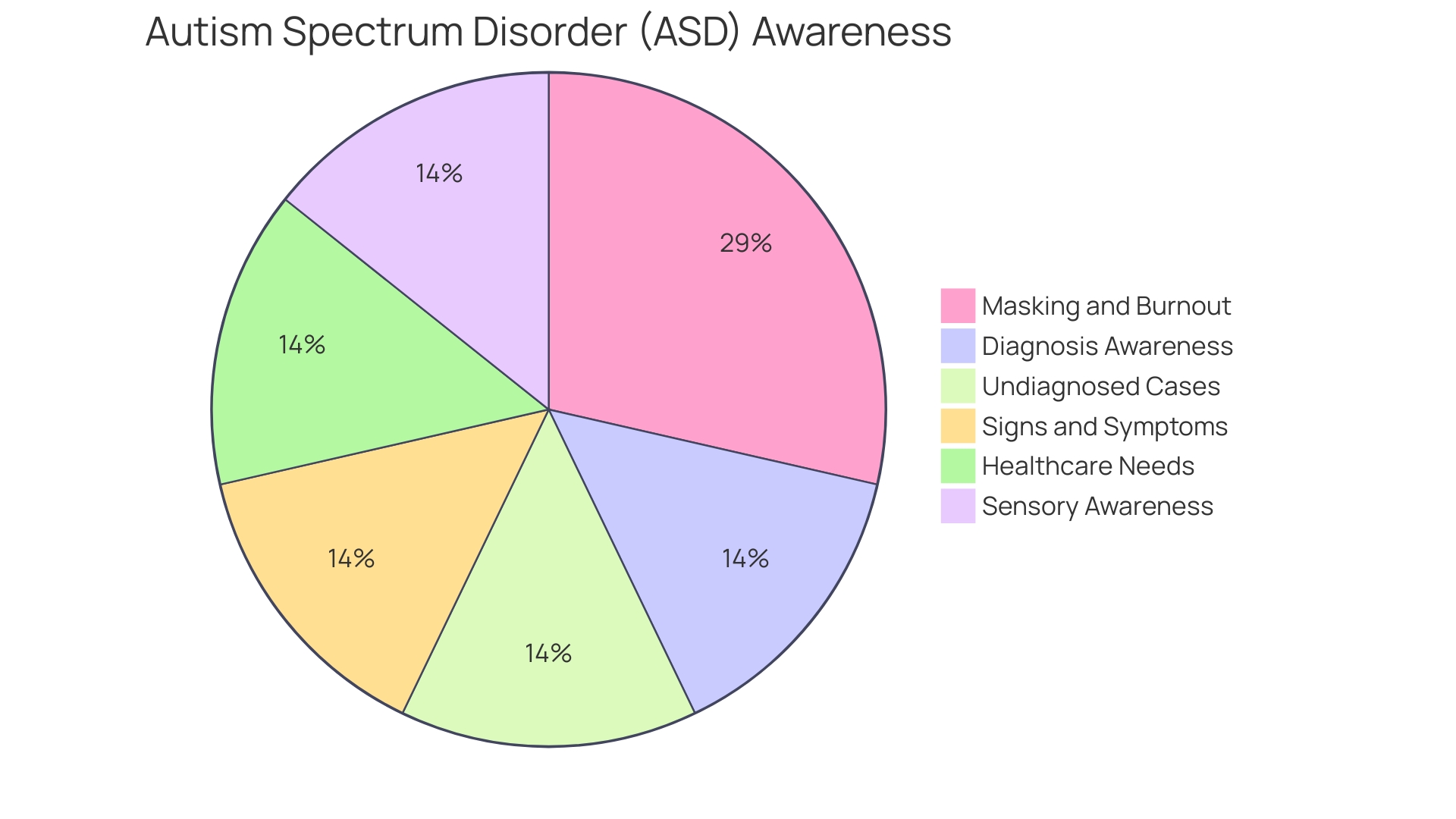
Co-occurring Mental Health Conditions
Adult women on the autism spectrum are more likely to encounter additional mental health conditions such as anxiety, depression, and eating disorders. This prevalence is higher than in their non-autistic counterparts, underscoring the need for thorough support that addresses both autism and accompanying mental health challenges. The intricacies of their experiences are often influenced by intersectionality, where factors like gender and disability intersect, creating unique challenges that require a nuanced approach to healthcare and intervention.
One phenomenon particularly relevant to autistic women is camouflaging, the effort to mask autistic traits to conform to social norms. This strategy becomes more common as autistic females grow older and can lead to a misdiagnosis or incorrect attribution of their behaviors, which is referred to as diagnostic overshadowing. Notably, the story of Bree Conklin, who received an autism diagnosis at 34 after years of being mistakenly diagnosed with borderline personality disorder, exemplifies the critical need for accurate identification and understanding of autism in women.
The concept of neurodiversity offers a positive reframing of autism, promoting it as an integral part of identity rather than a deficit, which is especially important in light of societal standards that often stigmatize autistic women. Moreover, neuro-affirming interventions focus on inclusive, lifespan-oriented support that aligns with the values and goals of autistic individuals themselves.
On the societal front, stories like that of Dr. Megan Neff, a psychologist diagnosed with autism in her late 30s, and the insights of research psychologist Dr. Jac den Houting, emphasize the importance of acceptance and understanding from family, friends, and society. These narratives highlight the profound impact that an affirming response to an autism diagnosis can have, shaping the future well-being and inclusion of autistic individuals.
It's clear that autistic women are navigating a complex landscape where their mental health is interwoven with their autistic identity. By acknowledging their specific challenges and providing targeted support, we can foster a more inclusive and empowering environment for their personal and social development.
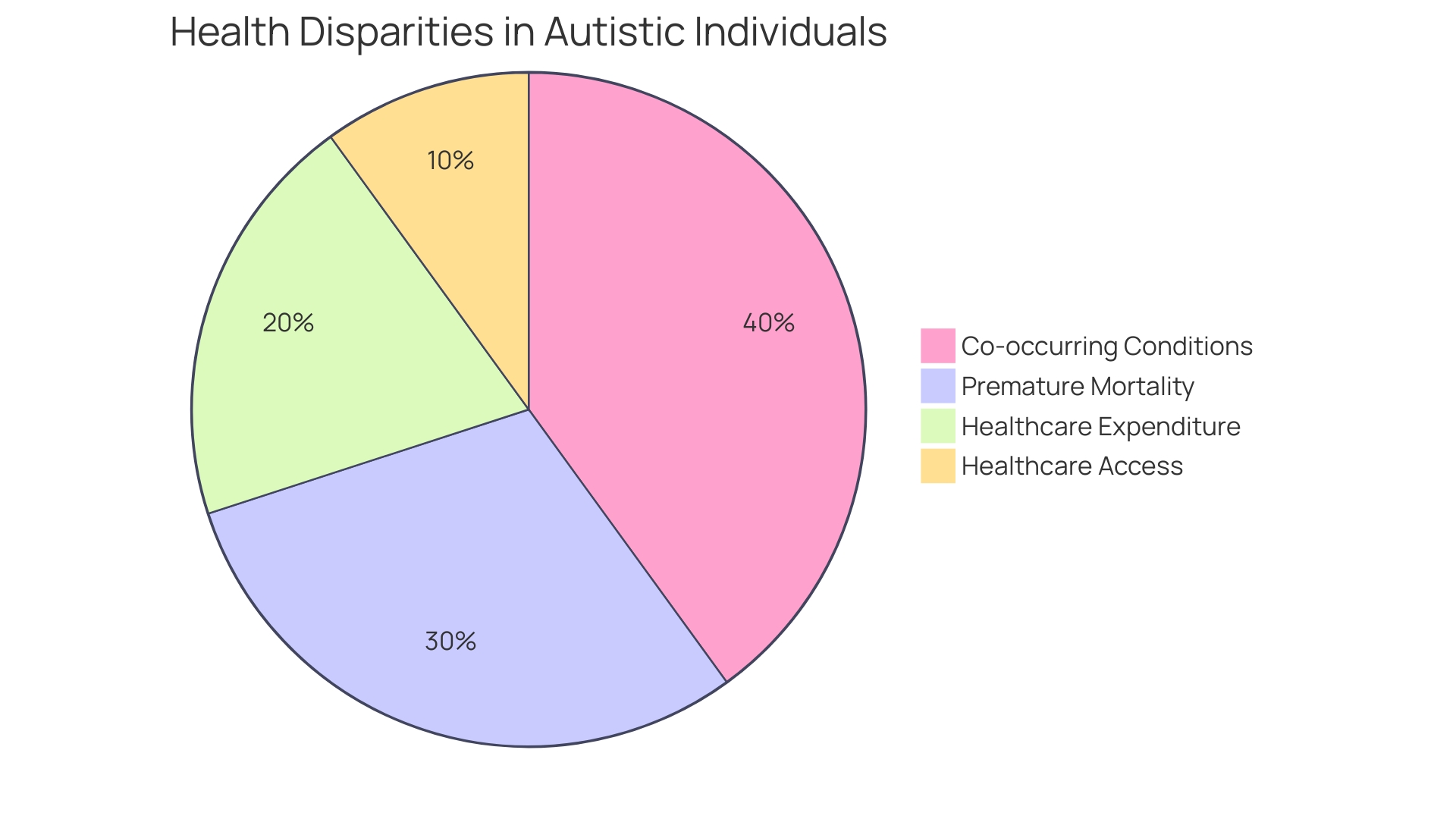
Importance of Early Identification and Support
Understanding and supporting the unique presentation of autism in women is a pivotal step towards fostering their success and well-being. Women with autism often experience a phenomenon known as 'masking', where they exert considerable effort to appear neurotypical, leading to exhaustion and potential burnout. Studies highlight that autistic individuals may have heightened or diminished sensitivity to sensory stimuli, such as light and sound, which can profoundly affect their daily lives and experiences in healthcare settings.
Research has shed light on the challenges autistic women face during significant life events, including pregnancy and childbirth. It is reported that their pain is frequently under-acknowledged by medical professionals, and there is a lack of tailored information to address their specific concerns during the maternity period. Collaborative efforts between autistic parents and healthcare professionals have led to the creation of informational videos to alleviate this gap, aiming to improve healthcare experiences for this population.
Such initiatives underline the need for early recognition and intervention, which can greatly enhance areas like communication and social engagement.
Data reveals that the majority of autistic females may go undiagnosed or misdiagnosed by the age of 18, with a staggering 80% of cases overlooked. The implications of this are far-reaching, with autistic women and non-binary individuals experiencing higher rates of mental health issues compared to their male counterparts. By the age of 25, a significant number have been diagnosed with a psychiatric condition.
These findings underscore the urgency of raising awareness among parents, educators, and healthcare providers about the distinct manifestations of autism in women, which is fundamental for early identification and the provision of appropriate support services.
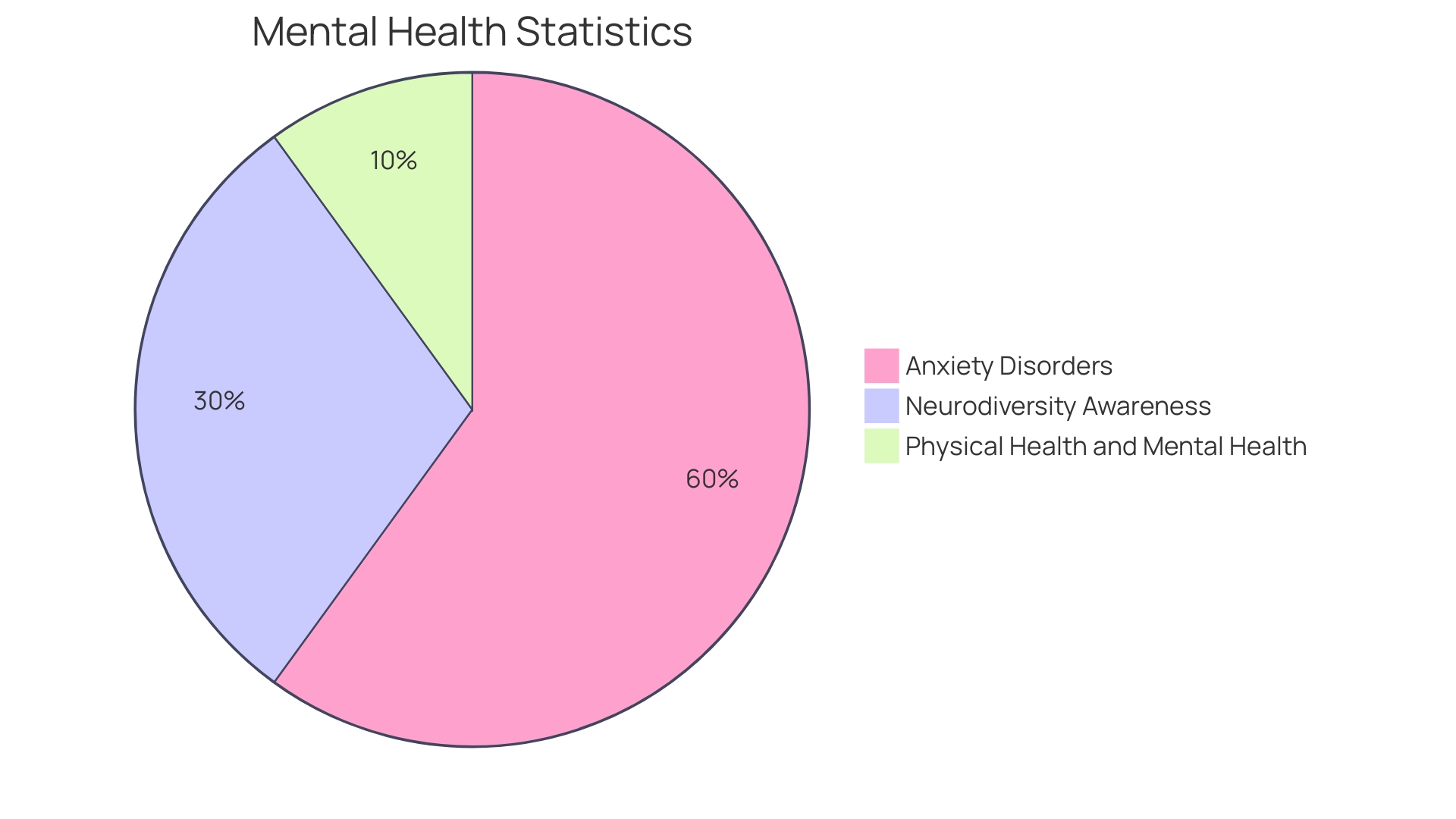
Developing Effective Coping Strategies and Interventions
Understanding and embracing personal identity are vital steps for autistic women navigating life's complexities. With autism affecting communication and socialization, many autistic women engage in 'masking,' a coping mechanism where they mimic neurotypical behavior. While this can help them blend into social settings, it demands significant mental energy and can lead to exhaustion and burnout.
The need for nuanced support is underscored by the range of sensory sensitivities autistic women experience, which can range from being under to overly responsive to sensory stimuli such as light or sound. This heightened awareness can pose daily challenges and influence interactions with healthcare providers, who may not always recognize or adequately address the pain and sensory experiences of autistic individuals.
To improve the well-being of autistic women, tailored interventions, such as occupational therapy, cognitive-behavioral therapy, and social skills training, have shown promise. These therapeutic approaches can help manage anxiety and sensory sensitivities, fostering a better understanding of their autism as an integral part of their identity. By doing so, autistic women can develop a more stable sense of self and a clearer differentiation between themselves and others in social interactions.
Studies and personal narratives from the autistic community reveal the need for healthcare professionals to better understand the specific needs of autistic women, especially during significant life changes like puberty or menopause. By providing accurate information and addressing common questions, healthcare can become more accessible and less stressful for those on the autism spectrum.
The journey towards a strong, self-defined autistic identity can be lifelong, with adolescence and early adulthood being critical periods for this development. Recognizing the unique strengths and preferences of autistic women can guide them towards making life choices that align with their individuality, from career paths to community involvement. With the right support and acknowledgment of their experiences, autistic women can thrive, making meaningful contributions to society and leading fulfilling lives.
Conclusion
In conclusion, understanding and supporting the unique presentation of autism in women is crucial for their well-being. Recent research has revealed distinct characteristics in autism among adult women, including subtle social communication nuances and sensory sensitivities. This can lead to misconceptions and delayed diagnoses, impacting their mental health.
The gender disparity in autism diagnosis is concerning, with many females going undiagnosed or misdiagnosed. Early identification and support are essential to address these challenges and provide appropriate interventions.
Autistic women face specific challenges in social communication and interaction, often resorting to camouflaging or masking their autistic traits to fit in. Accommodating their unique needs is crucial for their social well-being.
Behavioral patterns and sensory sensitivities are also distinctive in autistic women. Providing sensory-friendly environments and accommodations can significantly enhance their quality of life.
By developing effective coping strategies and interventions, such as occupational therapy and cognitive-behavioral therapy, autistic women can navigate life's complexities. Embracing personal identity and understanding their autism as an integral part of themselves can lead to a more stable sense of self and empowerment.
In conclusion, recognizing and supporting the unique experiences of autistic women is essential for creating an inclusive environment that fosters their well-being and inclusion in society. Early identification, tailored interventions, and increased awareness are key to ensuring the best outcomes for autistic women.




